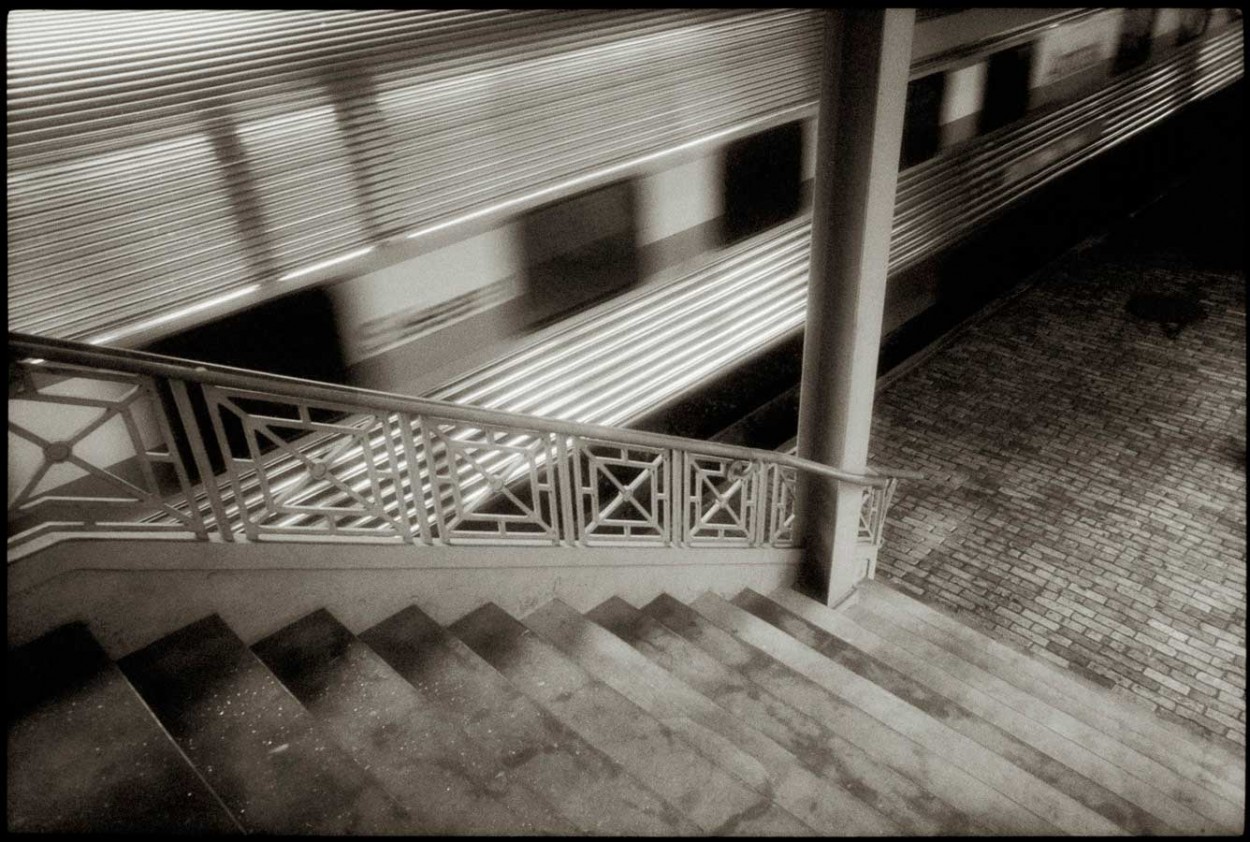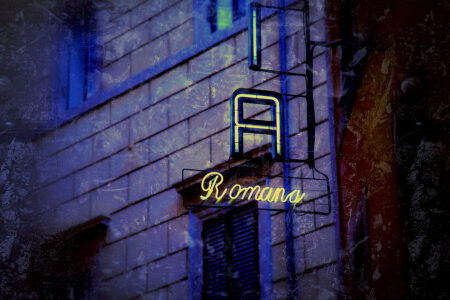
Hey Stuart,
Interesting… A leap into the world of analog. First what experience do you have with film? I assume some, right? Basic 35mm stuff? Darkroom? Enough to recall how labor intensive it is? Jumping in now , even for me, would require a great deal of thought. First there is the expense of the film. Then handing of loading and unloading. Then developing. Will you do it? I assume you are talking black and white. Do you have a good lab nearby to work with? Then there’s that cost. The cost of film and development at a lab might run $40 to $50 a roll. More if you do custom development and/or use custom developers. Then there’s a big learning curve about using the camera, making your exposure calculations and my favorite…manual focusing. On top of all that, you have to learn to be patient all over. No chimping on the LCD. No knowing if you exposed it right, or focused it right. And even if you do everything right, you hope your lab doesn’t fuck it all up in processing. I have experienced it all. But assuming you are aware of all this and still comfortable taking the plunge, then there’s cameras…
The Nikon would be the most familiar to you and perhaps a good starting point. Most cost efficient on a per image basis. And easiest to deal with. I would avoid the Speed Graflix. Too cumbersome. Film hard to get, pricey and a serious pain in the ass to load and unload. Most expensive route. Now the other hand, a perfect image on 4×5 film is a thing of beauty. I had a beautiful 4×5 field camera and never mastered it. But I liked the idea that it slowed me down and required much patience and thought. Do I really want to make this photo? It teaches one to spend more time looking and less time laying on the shutter. The Rolleiflex would be very cool to play with. Great image quality, 12 frames per roll. It is interesting to look down into the viewfinder to focus on am image that is backwards. A twin lens camera is also lighter and easier to use than a Hasselblad that I used. I made a few good images with my various 120 cameras, but it takes a while to master. Focusing was always a pain with the Blad. And I always had to use it on a tripod. A certain point I realized I was in too much of a hurry to use anything but a 35mm camera. I also liked the grainy films and warm and fuzzy prints I could make from such films. My lab did custom development of my films, none of which exist today. It is interesting that there seems to be more interest in film lately. There was a story in the local paper about it and featured my old lab. They are processing more film lately. But they also said that customers often dropped off their film, had it processed and had the lab scan it. They would grabbed the scans online but never pick up the film. That’s crazy to me. I think you are up to the task of trying out film. Just be patient grasshopper…
Now about scanning. I have a high end Imacon scanner. Not made it more. That that thing rocks. Sucks more detail out of a neg than I could ever produce on silver paper in the darkroom. I love scanning my old film nowadays. I do believe that Epson makes some good, affordable flatbed scanners that have transparency adapters for film. Do a pretty good job. But, it’s another learning curve. Scanning is not all that simple to do right. It requires knowing what you want out of your little piece of celluloid. I generally make my scans very flat, so I can see everything in the shadows and the highlights, making sure they are not blown out or blocked up. I then clean up the scan which is a TIFF file and save it to use as my “RAW”, I then open that in RAW processing and do my tweaks there, spitting out JPG file for final PS touches. It’s a good workflow for me.
All of this labor intensive and time consuming. But in the day, that was my life. By comparison, digital photography is a walk in the park. I still have film cameras. I still have film and photo paper. Hell I even still have my special chemicals. Will I ever use them again? Probably not. But by keeping the stuff I can. But it is more a romantic idea that I will ever do analog again than a practical idea. And that is what is drawing the millennials to use film. This notion that by using film, they are real artists somehow. That they have to slow down and really see the world and film has a quality that digital can’t match. Yeah, Yeah. Heard it all. Some of it rings true. And there is a lot to be said for using film. The US government still requires it’s use on historical documentation projects. Film is more durable than digital, not so fragile. I drop a hard drive in the bath tub and it’s toast. Drop a box of exposed film and contact sheets in the bath and you pull them out, and let em dry and you’re good to go.
So give it a go and see what you think. It is either going to be a big pain in the ass or an amazing journey. Either way, I suspect you would enjoy the ride.

